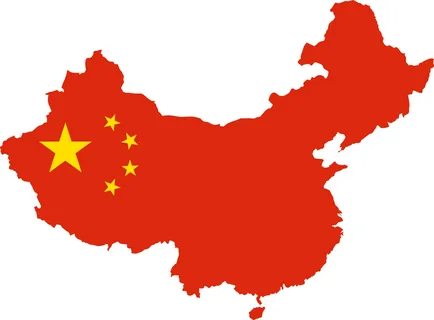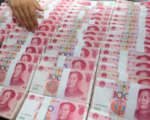China Flags More Fiscal Stimulus for Economy, Leaves Out Key Details on Size

China announced plans to “significantly increase” debt to revive its economy, but withheld crucial information regarding the overall size of the stimulus package. This leaves investors uncertain about how long the recent stock market rally will last. At a press conference on Saturday, Finance Minister Lan Foan detailed measures aimed at alleviating local government debt, offering subsidies to low-income citizens, supporting the struggling property market, and replenishing state banks’ capital. However, no specific figures were provided.
Investors have been eagerly awaiting more aggressive action as the world’s second-largest economy faces mounting deflationary pressures, low consumer confidence, and a sharp property market downturn. The absence of a specific monetary figure for the stimulus prolongs market uncertainty. Economists and analysts are especially concerned as economic data in recent months has consistently underperformed, raising fears that China’s 2024 growth target of approximately 5% may be difficult to achieve.
Lack of Details Raises Investor Concerns
While Lan emphasized the government’s resolve to tackle the economy’s challenges, the lack of detailed numbers frustrated investors hoping for a comprehensive stimulus package to sustain the recent market rally. “The big bang fiscal stimulus that investors were hoping for… did not come through,” said Vasu Menon, managing director for investment strategy at OCBC in Singapore. The rally in Chinese stocks, which saw a 25% surge after the September Politburo meeting, has since slowed, and concerns about the absence of policy clarity are growing.
China’s property market remains a key issue, with falling demand and heavy debts hanging over local governments. In September, Reuters reported that China plans to issue special sovereign bonds worth around 2 trillion yuan ($284.43 billion), with half of the funds directed at local governments and the other half toward consumer subsidies and household benefits, such as an allowance of 800 yuan ($114) per child for families with two or more children. Meanwhile, Bloomberg reported China is considering injecting 1 trillion yuan of capital into state banks to stimulate lending, though demand for credit remains weak.
Central Bank Interventions and Structural Issues
The People’s Bank of China has already introduced its most aggressive monetary measures since the COVID-19 pandemic, including rate cuts and a liquidity injection of 1 trillion yuan. These measures have lifted market sentiment somewhat, but analysts argue that China needs more profound reforms to boost consumption and shift away from its reliance on debt-driven infrastructure investment.
Despite years of pledges to increase domestic consumption, household spending remains weak. Currently, consumption accounts for less than 40% of China’s annual GDP, significantly below the global average, while investment remains far higher than global norms. These imbalances highlight the need for structural reforms in policies and institutions if China is to achieve sustainable growth.
Lan’s press conference did little to quell concerns, with analysts warning that without targeted measures to boost demand and investment, China may struggle to ease deflationary pressures. “There is still relatively big room for China to issue debt and increase the fiscal deficit,” Lan said, noting that local governments have 2.3 trillion yuan left to spend in the final quarter of the year. However, deeper reforms are expected to be announced gradually.
Uncertain Path Forward
As markets await more concrete details, global investors are left speculating on China’s next moves. The upcoming meeting of China’s National People’s Congress, which is expected to approve additional debt issuance, may finally provide clarity. Until then, volatility in Chinese markets and global commodity prices is likely to continue, as investors try to gauge the impact of China’s fiscal policies.





















